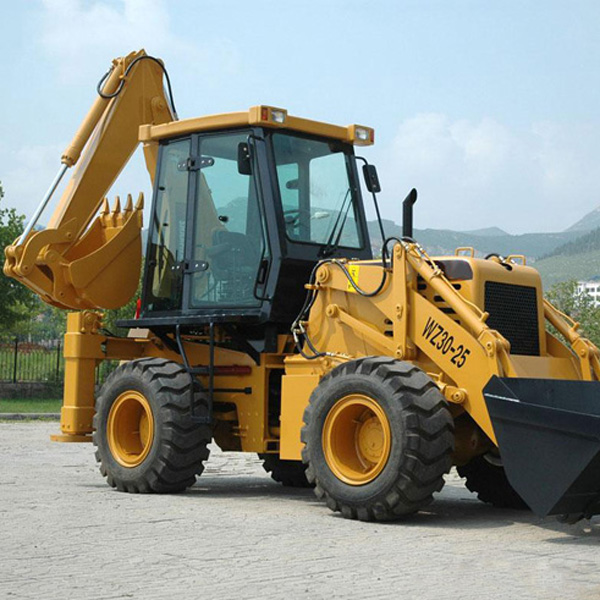How To Know The Equipment Limitations Of Your Backhoe Loader
Lifting freely suspended objects with crawler and wheel backhoe loader demands preparation, special care and proper operator training. If correct lifting practices are not routinely followed, it may cause project delays, create machine instability and put additional stress on the machine, potentially leading to unnecessary downtime. Below, loader product specialist Lee Smith offers advice to help you better understand a crawler or wheel loader’s lifting capacity; how to read an loader lift chart and assess general lifting conditions; and pick-and-carry guidelines before you lift, move and place a wide range of materials.
Understand the Basics
All backhoe loader operators should understand that a crawler or wheel loader’s lifting capacity is limited by one of two factors: hydraulic limitations or tipping limitations. “Hydraulic limited” means the laoder is limited by its hydraulic power to lift a load. “Tipping limited” is the point at which the laoder begins lift off the ground when lifting a load.
“Manufacturers test laoders to determine how much weight they can safely lift at various heights and distances from the centerline of the machine,” Smith said. “Based on that information, they create lift charts from a computer, which are printed in the owner’s manual or posted within sight of the operator, such as a decal in the laoder cab.”
To maximize the life of the equipment and minimize machine wear, follow the guidelines in the lift charts and do not exceed the recommended lift capacity.
Follow the Lift Chart
Although lifting material with an laoder may seem simple, it is important to follow an laoder lift chart, which designates the proper lifting capacity at various boom angles, lift heights and swing radius.
“If you follow the lift chart for your entire range of motion and the object you are placing is within the proper weight, you will be much more efficient when placing that material,” Smith said.
At the top of the lift chart, there is information indicating the machine configuration. There may be several lift charts for large- or mid-range laoders, based on combinations of boom length, arm length, counterweight size and track shoe width. Some manufacturers will include the bucket size in the lift chart.
“If the manufacturer includes a bucket in the lift chart, the company will indicate the bucket’s weight,” Smith said. “However, if the lift chart does not include the bucket, it is up to the operator to know how much weight is on the end of the machine. This may include a coupler, the bucket, the lifting apparatus itself and the weight of the material or item being moved.”
It is important to note that capacities typically marked with an asterisk on the lift chart are limited by the machine’s hydraulic capacity and do not exceed 87 percent of hydraulic lift capacity, as defined by the Society of Automotive Engineers (SAE). Rated loads without an
asterisk are limited by the machine’s stability and do not exceed 75 percent of the tipping load.
Next, determine the lift point height, which is typically located in the far-left column on the lift chart. The lift point refers to the distance from the ground to the bucket pin or hook, not from the ground to the object you are lifting.
“When measuring the lift point height, consider how high or low you will need to lift the item, including the height of the item itself, the length of the lifting device and at what height you want to place the item on a transport device,” Smith said.
After determining lift point height, examine the lifting radius from the centerline of the swing point. This distance is typically shown in the top row of the lift chart. Lifting radius is dependent on whether you are lifting over the front of the laoder or squarely over the side. Additionally, if you are operating a wheel laoder with outriggers or an optional dozer blade, you need to reference the portion of the lift chart that reflects its position during excavation.
Once you have determined the lifting radius, find the cell on the lift chart where the lift point height and radius intersect. The number shown is the laoder’s rated lift capacity in pounds or kilograms. If the cell is blank, the laoder has no lifting capacity at that point, and lifting should not be attempted.
